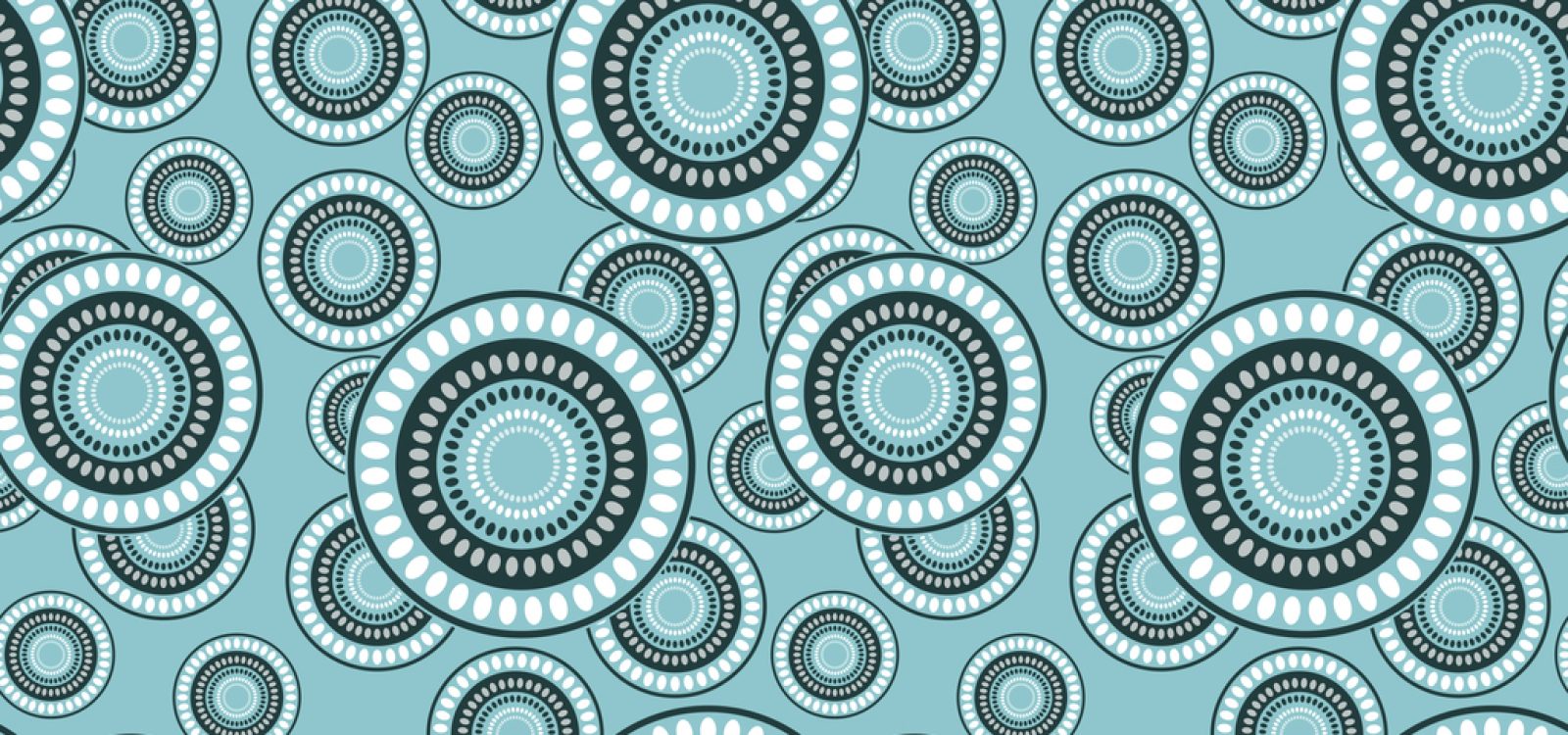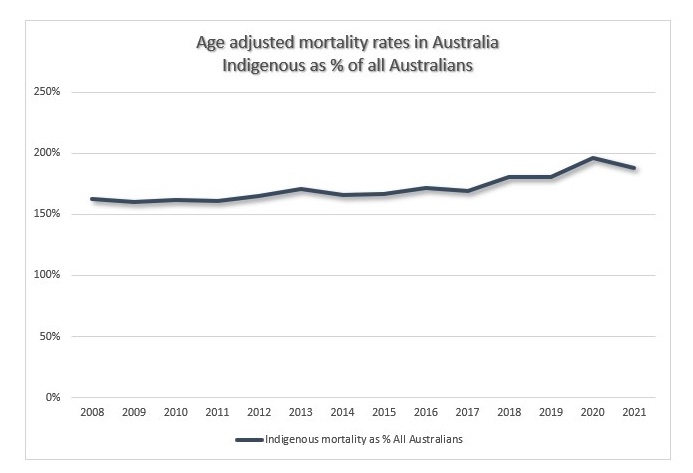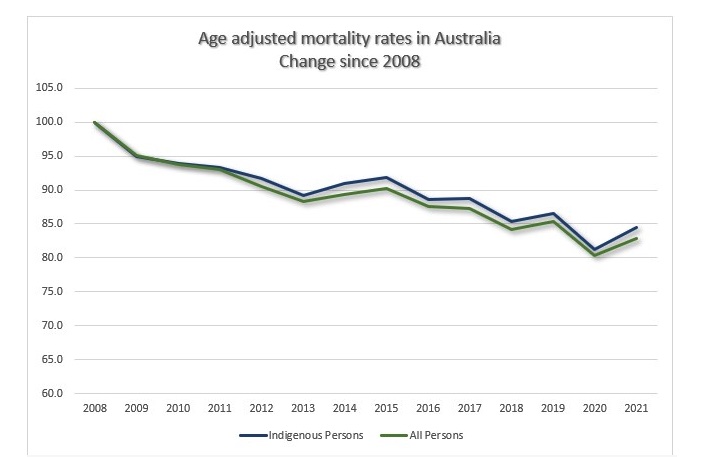
The mortality gap for Indigenous Australians is widening, not closing
Why vote Yes for Indigenous Constitutional Recognition?
Last week, the Australian government unveiled the final wording of the constitutional amendment and question on the Indigenous Voice referendum. As co-chair Professor Marcia Langton said in strongly supporting the Voice:
“We know from the evidence that what improves people’s lives is when they get a say. And that’s what this is about.”
Annually, the Australian government reports on whether it is ‘closing the gap’ between Indigenous and non-Indigenous Australians. On the latest measures, Australia needs to do something different to improve Indigenous people’s lives and consulting Indigenous people is a crucial start. The mortality gap for Indigenous Australians is widening not closing, and mortality is one measure that captures a whole lot of aspects of health and wellbeing.
I’ve written about this before. According to the latest Closing the Gap report, the first outcome measurement is life expectancy. So I’ve taken a closer look at mortality rates.

Source: ABS – Jennifer’s own analysis
What I’ve shown in this graph is the age adjusted mortality rate for Indigenous people as a % of the age-adjusted mortality rate for all Australians. In 2008, mortality for Indigenous Australians was 163% of the mortality for all Australians. And in 2021, the gap had widened so that indigenous mortality was 188% of mortality for all Australians. So an Indigenous person is nearly twice (1.88 times) as likely to die in the next year as an average Australian of the same age and gender.
This calculation takes the mortality by age and gender and then multiplies it by a notional population mix (the Australian population in 2001). This is important because the rate of mortality for younger people is an order of magnitude lower than older people (whether indigenous or not), so a younger population (such as Australia’s indigenous population) might superficially look as if it is having lower mortality than an older population (such as the whole population of Australia), when it is just that the people are younger.

(Source: ABS – Jennifer’s own analysis)
Another way of looking at this picture is to look at the change in mortality from a common starting point – and what you can see here is that mortality has improved for both Indigenous people and all Australians – but for all Australians, it has improved faster, so the gap has got wider rather than narrowing.
And why am I looking at mortality rates rather than life expectancy? It’s because life expectancy is quite complex to calculate, particularly for smaller populations, so the most recent life expectancy calculation for Indigenous people reflects mortality from 2015-2017. The gap in that latest report was 7.8 years – i.e. the life expectancy of indigenous Australians was 7.8 years lower than the life expectancy of all Australians, which is equivalent to the life expectancy for all Australians around 30 years ago. Given the trend since 2017, the gap in life expectancy is probably bigger than that now too.
That gap is not closing, it is getting wider.

(Source: ABS – Jennifer’s own analysis)
A word on data
As an overall measure of the health of a population, life expectancy at birth is one of the best individual numbers, as it captures so many aspects of health of a population, and in general, the data is more certain. However when looking at the mortality of any subset of a population (in this case Indigenous people), it is very important that the numerator (deaths) matches the denominator (population). That is very difficult to do, as it depends on the death certificate and the census (which are the main sources of information in this case) having matching likelihoods of capturing someone’s Indigenous status. The ABS has done a lot of work on this matching process, (described here in the CDE project report) but it is imperfect, and sitting in on one conversation about how difficult it is reminded me how important it is to have people from the community themselves being involved in this kind of work.
Useful Sources
- Latest information comes from the report on mortality for 2021 here from the ABS.
- Earlier mortality measures come from the 2017 report here from the ABS into Leading causes of death in Aboriginal and Torres Straight Islander people.
- The AIHW had a close look at trends in this report from 2001 – 2015 (although the numbers aren’t completely comparable, given slightly different definitions).
- Another report from the AIHW looks at life expectancy to 2011.
- The most recent report into Aboriginal life expectancy is from the ABS in 2018, showing a gap for Australia as a whole of 7.8 years.
This article was originally published on Jennifer Lang’s blog ‘ActuarialEye‘ on Thursday, 23 March. Read the full post here.
CPD: Actuaries Institute Members can claim two CPD points for every hour of reading articles on Actuaries Digital.






